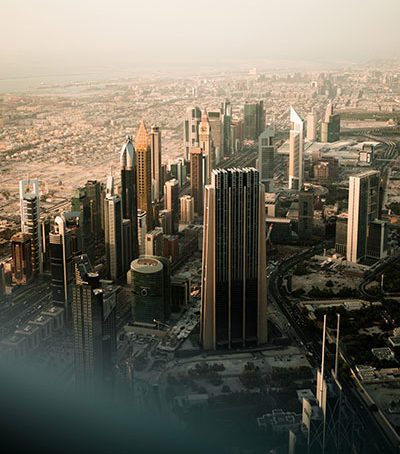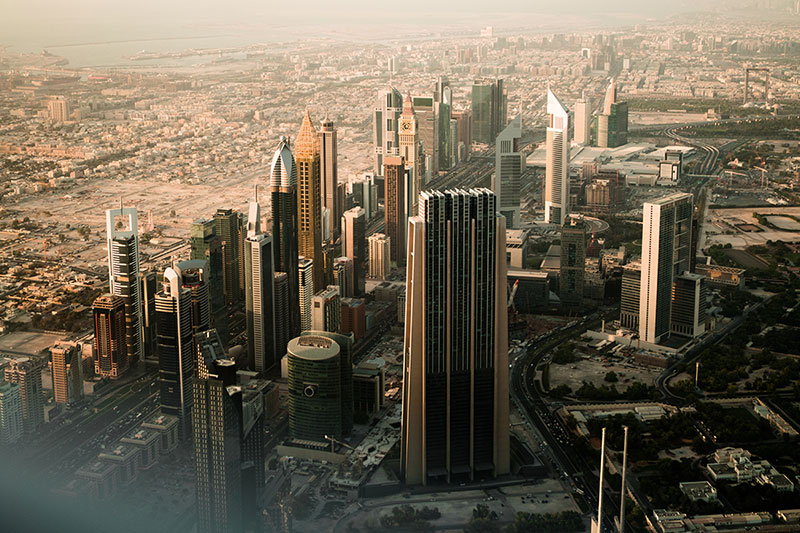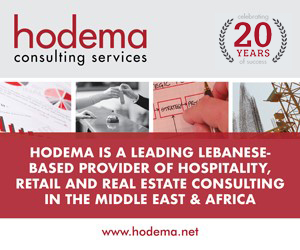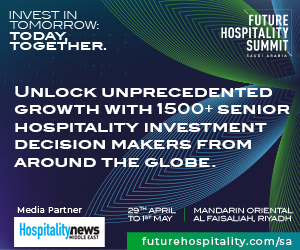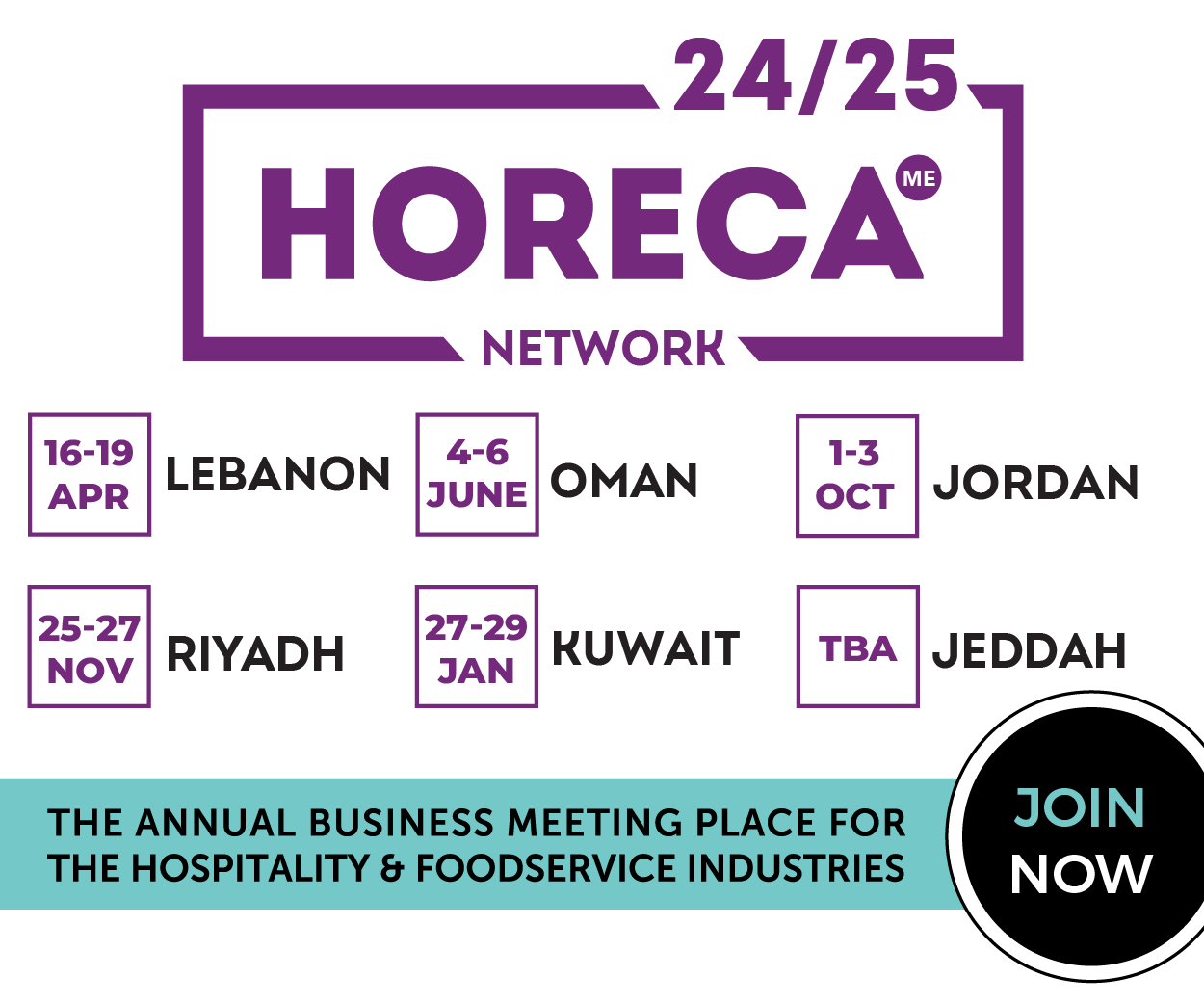Saudi Arabia’s hospitality market is expected to experience a huge surge in activity in the coming years, as the Kingdom continues to implement a range of socio-economic reforms. Filippo Sona, director, head of hotels, MENA region, at Colliers, highlights the most pressing issues
Several masterplans launched publicly recently are already making an impact, with the results of key initiatives reflected in the figures that show tourism having increased in the Kingdom since the beginning of 2018. Occupancy levels have risen across most of Saudi Arabia’s cities in the first quarter of the year.
Demand up in emerging segments
Saudi Arabia’s source market is predominately corporate, especially in cities such as Riyadh, where more than 80 percent of demand is generated by corporate visitors. However, the launch of Saudi Vision 2030 and the subsequent socio-economic reforms have led to an increased focus on leisure, religious and domestic tourism, with a view to expanding these segments.
Visa reforms were introduced in Saudi Arabia at the beginning of last year, aimed at significantly boosting visitor numbers. The new Umrah (pilgrimage) plus visas are a novel concept that provide these visitors with the opportunity to stay for an extra period of time in the country and explore various cultural and heritage hotspots. The Kingdom is expected to launch a dedicated tourist visa in the near future, as a step in the implementation of the Saudi Vision 2030. The holy cities of Makkah and Madinah have also benefited from the increased visa quotas, in line with the Kingdom’s target of reaching 15 million Umrah visitors by 2020.
The General Entertainment Authority, which was launched in 2016, confirmed Saudi Arabia’s plans to channel USD 64 billion into developing the country’s entertainment industry over the next 10 years, including opening cinemas and theme parks, such as Six Flags. Its plans include hosting more than 5,000 concerts and festivals in 2018 as part of the Kingdom’s social and economic reform program. Planned projects announced recently include a huge entertainment resort at Qiddiya, which will span 334 sq km, making it more than twice the size of Disney World, Florida. Scheduled to open by 2022, the development aims to attract 1.5 million visitors annually and will include the Six Flags theme park, waterparks, motor sports, cultural events and vacation homes. Key milestone events have already taken place this year with success, such as the March opening of the country’s first cinema after nearly four decades and the hosting, in April, of a major World Wrestling Entertainment (WWE) event in Jeddah, which attracted nearly 60,000 fans.
Mega projects, such as the Red Sea initiative and NEOM, are also expected to change the face of Saudi Arabia’s tourism industry by putting the Kingdom on the map as a leisure destination. Launched in 2017 and situated between the cities of Umlaj and Al-Wajh, the Red Sea project is a mega-tourism venture comprising resorts and luxury residences across 50 pristine islands, as well as a nature reserve situated in the area. NEOM, meanwhile, is a USD 500 billion business and industrial zone in Tabuk, which extends into Egypt and Jordan. It will take the form of a fully independent economic zone with its own laws, taxes and regulations. The first phases of the Red Sea project and NEOM are expected to be completed by the end of 2022 and 2025 respectively.
Hospitality supply indicates 3-star potential
A total of 6,000 branded keys are expected to enter the Saudi market in 2018, taking the branded hotel supply to 51,600 keys, with the number set to reach 75,200 by 2020. From the confirmed branded hotel supply in the pipeline, 38 percent is expected to be 5-star properties, with 49 percent earmarked for the 4-star category. Markets such as Jeddah and Makkah are projected to grow at an annual rate of 20 percent until 2020, while planned mega-projects, such as NEOM, the Red Sea initiative and the Qiddiya venture, look set to provide the local market with an extensive array of new and exciting hospitality development projects.
New hotel openings in the first quarter of 2018 include the Crowne Plaza RDC Hotel and Convention Centre (Riyadh), the Radisson Blu Jeddah Corniche and the Park Inn by Radisson Dammam Industrial City. Currently, 5-star properties account for 65 percent of the branded hotel supply in Saudi Arabia, with 4-star facilities making up 30 percent of the offering. The share held by the 3-star segment stands at less than 5 percent, indicating aconsiderable gap in the market, given the expansion already underway in the industry.
Hospitality market outlook
Demand in the leisure segment is expected to increase from 2018 and beyond, based on the reform progam underway in Saudi Arabia. Visa reforms, including the upcoming implementation of tourist visas, and the emerging entertainment industry, are key factors contributing to this growth.
Interest in lifestyle properties in both the 3- and 4-star categories is growing across the region. Given its young population and rising demand for leisure activities, the Kingdom offers significant scope for the development of lifestyle properties that appeal to younger travelers.





